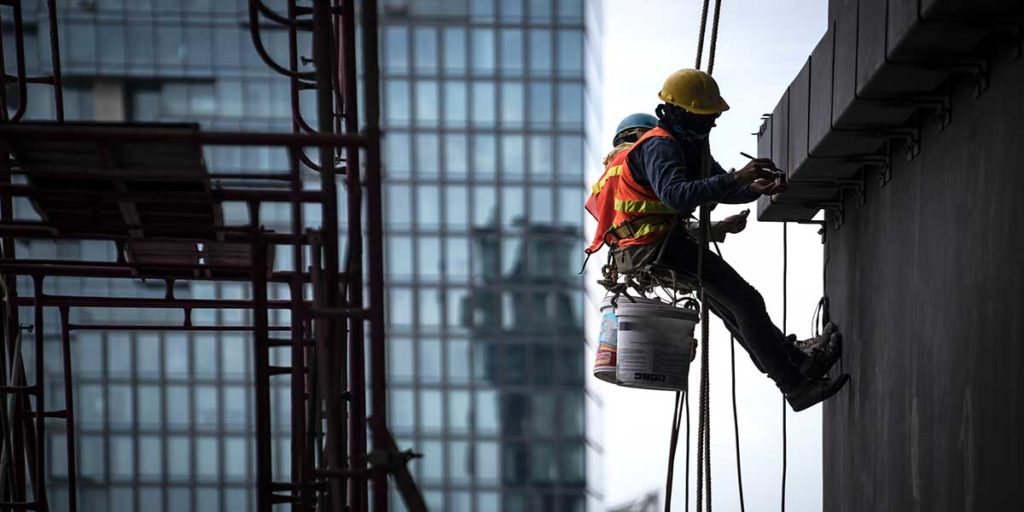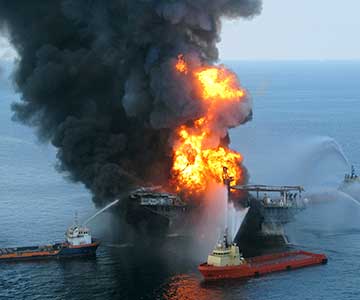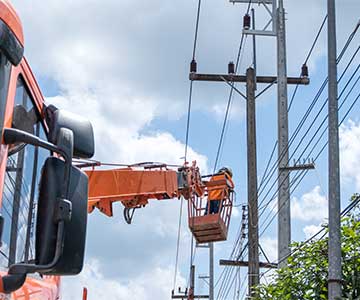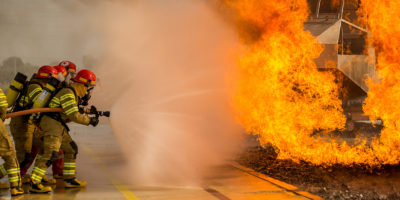Safe Work Permits
Posted: Mar. 15, 2019 • By Kevin Kohler

What are Safe Work Permits?
Safe Work Permits (SWPs) are a formal agreement between the issuer, a qualified person in control of the work area, and the persons who will be undertaking the work.
The SWP is a communication tool that describes the work, all of the conditions under which the work will be done, the hazards that are present and the hazard controls that must be in-place.
The Piper Alpha Disaster – what have we learned?

The Piper Alpha disaster is a famous, and tragic, international work permit case
study for all those in the safety community:
In 1998 the Piper Alpha rig in the North Sea caught fire and was destroyed by explosions, 167 workers and rescuers were killed. The Cullen report commissioned by the UK Department of Energy found that problems with the design and implementation of the Permit to Work system had significantly contributed to the disaster.
So does having a Safe Work Permit make the work safer?
The short answer to this question is no, Safe Work Permits by themselves do not make the work any safer. In the Piper Alpha Disaster the SWP led workers to make faulty assumptions about the status of the work that directly contributed to the disaster. There is a real danger that the SWP system becomes an exercise in checking boxes and signing names rather than following the health and safety system. In that case, the SWP system can be detrimental to health and safety.
So what does a Safe Work Permit do?
The SWP is a communication tool that:
• Identifies the specific work location and scope of work
• Includes a review of the hazard assessments performed for the work and the hazard controls that are or must be in place
• Describes the inspections to be carried out before work can begin
• Identifies the parties to the permit, their specific roles and responsibilities in safely carrying out the work and how they are to communicate with each other
• Establishes the certifications and training requirements of the parties to the permit
• Identifies any specialized PPE and atmospheric testing requirements
• Identifies any confined space entries and how hazardous energy sources will be controlled (Lock Out Tag Out);
• Establishes Emergency Response Procedures and emergency contact information
• Verifies that the health and safety management system is being followed (safety meetings, on-going hazards assessments, inspections)
• Identifies the time period for which the permit is valid and the procedures for turning in permits and issuing new or modified permits.
When should Safe Work permits be used?

Safe Work Permits should be used whenever high risk and/or non-routine work is being performed. SWPs, or their equivalent, are sometimes required by legislation for the following work:
• Confined space entry
• Hot work
• Controlling hazardous energy (including electrical Lock Out Tag Out)
In addition to the above, Safe Work Permits are typically be used for:
• Work in areas where toxic substances or oxygen-deficient atmospheres may exist;
• Opening of process vessels, equipment, lines, and piping;
• Work at elevated heights
• Conducting excavation or other ground disturbance work
• Any other work of an inherently high hazard or non-routine nature.
How do Safe Work permits contribute to continuous improvement?
When a job falling under a SWP has been satisfactorily completed the issuer should debrief the worker(s) to ensure that all of the required steps have been taken to ensure a safe return to normal operations and note any areas for improvement in the work or the SWP process. These improvements may trigger Corrective Actions to be tracked and resolved. Records should be retained and referred to for future work and permit issuance.
Safe Work Permits are above all else a communication tool for making sure that the health and safety system is being followed.
Related Articles

Fire Safety Plans
In North America fires annually cause over 10,000 injuries, 3,000 deaths and over $7 billion in direct damages. Most of […]
Read Article
Violence in the Workplace
Is physical harm required for it to be called workplace violence? Legislated workplace violence definitions now generally extend beyond physical […]
Read Article